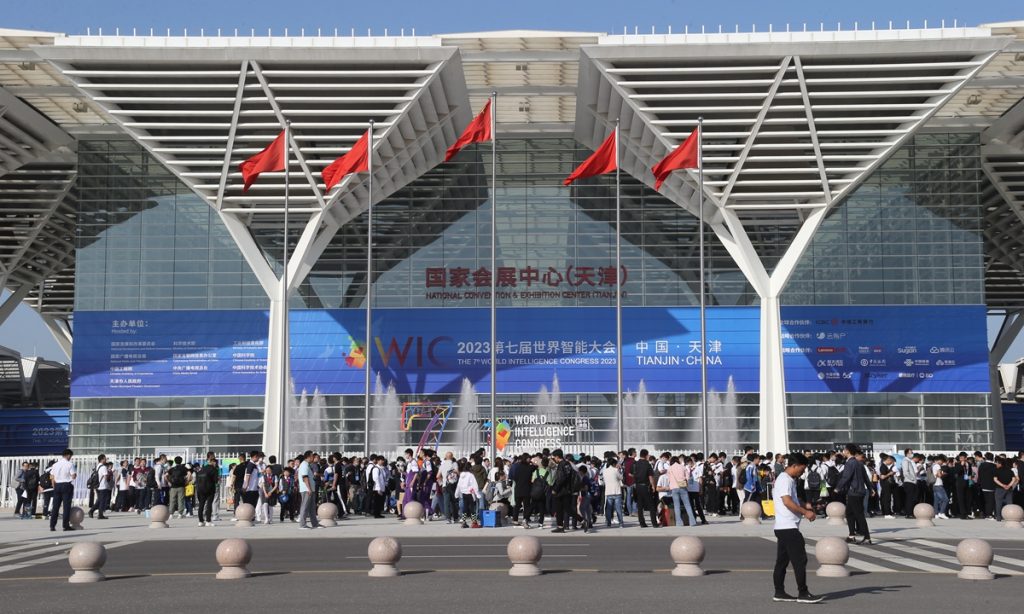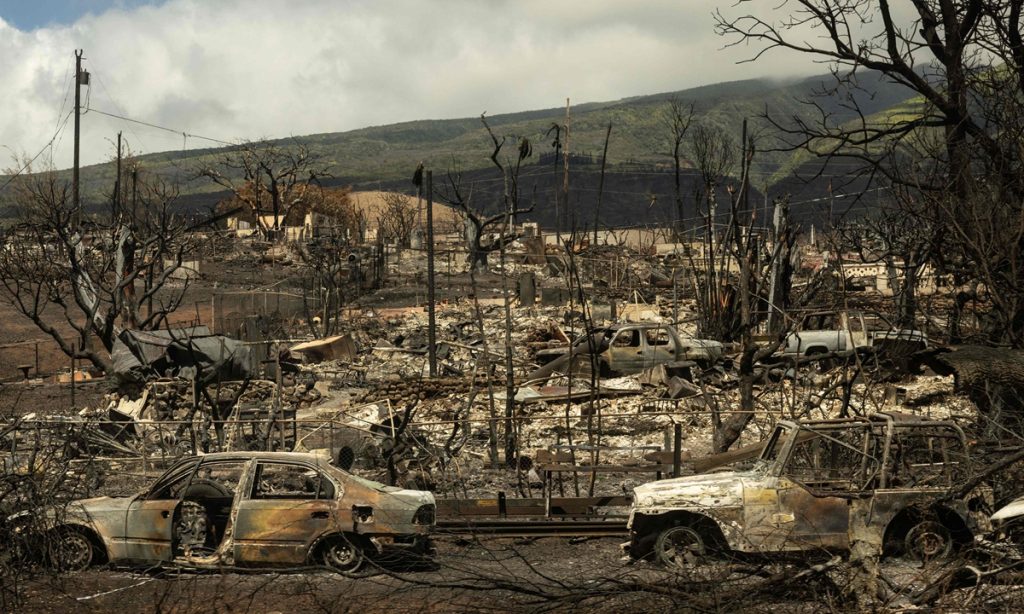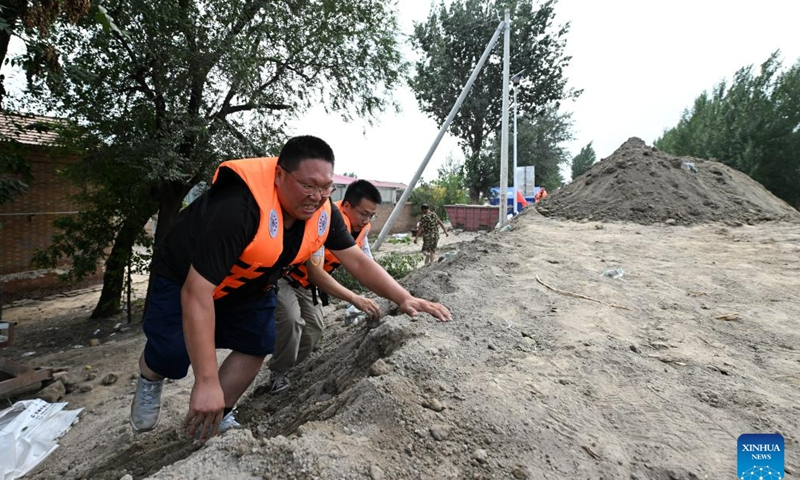China to push AI-enabled economic, social development

China will build a batch of regional highlands and technological platforms for artificial intelligence (AI), in a bid to deepen enterprise-led integration of industry, research and application, and promote AI-enabled economic and social development, Wang Zhigang, Chinese minister of science and technology, said at a major AI event on Thursday.
Officials and industry practitioners also said at the event that the new generation of AI will become a new engine for the development of the economy and society.
"The application scenarios of AI continue to expand, making the AI-empowered industrial mode change from small manual workshops into the era of large-scale industrialization, which will have a significant and far-reaching impact on economic development, social progress, global governance and many other aspects," Wang said on Thursday, while addressing the opening ceremony of the 7th World Intelligence Congress (WIC), which runs until Sunday in Tianjin Municipality.
The accelerated evolution of brain-like intelligence, quantum intelligence, big data and other technological areas has led to a mass breakthrough in frontier fields, which is expected to achieve major technological changes, Wang noted.
Relying on the advantages of China's super-large market, AI will attract global innovation resources to deeply integrate with China's real economy, and constantly create a new trend of industrial development while becoming a new engine of economic and social development, Wan Gang, president of the China Association for Science and Technology, said at the WIC.
"The new generation of AI should focus on expansion in application markets and industrial ecological cultivation," said Wan.
With the rapid development of AI, China has achieved remarkable economic and social empowerment. By 2022, China ranked first in the world in the number of AI patent applications.
According to official statistics, China has a leading edge in computer vision, natural language processing and voice recognition, and its core industry scale exceeds 500 billion yuan ($71.2 billion), with more than 4,200 representative enterprises, accounting for about 16 percent of the world's total.
China ranked 11th in the Global Innovation Index, according to a report released by the World Intellectual Property Organization. In terms of scientific and technological innovation, including the field of AI, China is not only an important player in international frontier innovation, but also an important contributor to jointly solving global problems.
Under its blueprint of AI development, China has established a total of 18 national pilot zones, including Beijing and Tianjin, for the development of next-generation AI innovation and 32 open innovation platforms, according to official statistics.
While attaching great importance to the development of AI, the Chinese government is fully aware that technologies including AI have two sides, Wang noted.
At the same time, China also sees that the development of AI is still faced with technical challenges, such as the deviation of underlying algorithms, lack of high-quality data, model efficiency to be improved, and social challenges to personal privacy, public safety, education and employment. China urges cooperation with countries around the world to jointly promote the sustainable and healthy development of AI.
"We have actively responded to the risks and challenges that may be brought by AI, and promoted the ethical governance of AI. China [in November 2022] published a position paper on strengthening the ethical governance of AI, demonstrating to the world a clear position on the responsible development of AI," said Wang.
ChatGPT and brain computer interface (BCI) were key issues for discussion at the 2023 WIC.
On Thursday, a BCI system was launched at the high-tech event, which has set the current world record for the fastest non-invasive BCI system. With a small device on your head, a computer can type out what you think.
The WIC attracted participation of 117 of the world's top 500 companies, 369 of China's top 500 companies, and more than 1,000 well-known unicorn technology companies, universities and institutions, according to the organizers.
The event uses cutting-edge technologies such as AI and metauniverse to comprehensively showcase the latest technologies and products in intelligent industries, smart cities, smart manufacturing and smart living.
These cutting-edge technologies have dazzled many participants.
Andrew Starforth, general manager of the China division of Silverstream Technologies, was one of them.
"All the technologies are in place. And various local companies, not ones that are recognized globally compared to big players, are developing technology that is better than what you can see elsewhere," Starforth told the Global Times on Thursday on the sidelines of the 2023 WIC.
Starforth went to work in China in 1999 and stayed for five years. He moved back in 2018. "The changes in China in the past six years have been phenomenal."
Describing China in 1999 and 2023 as worlds apart, Starforth said that China has advanced quickly.







